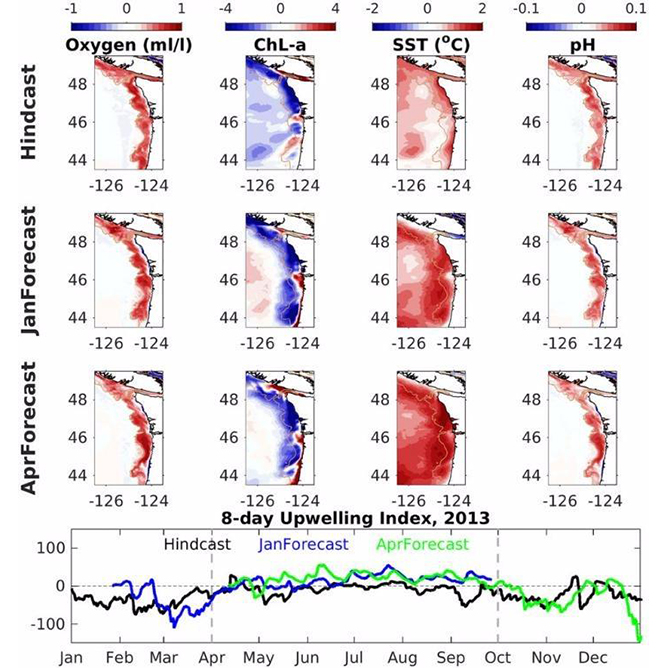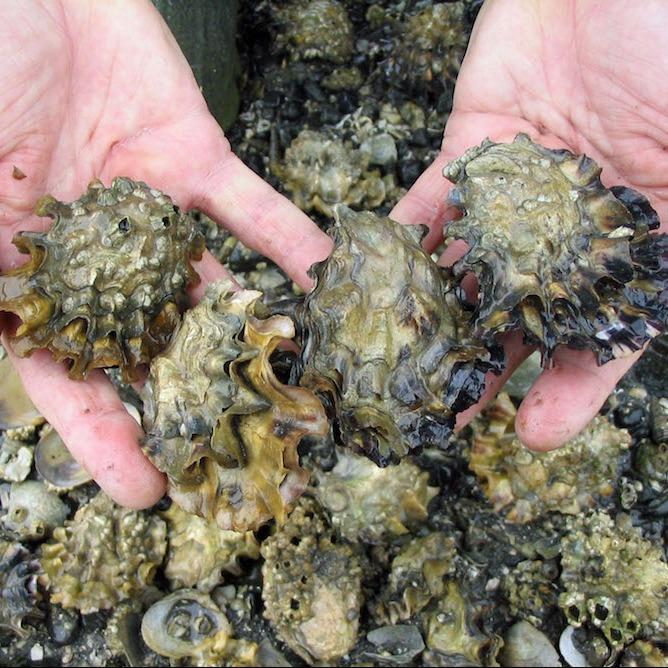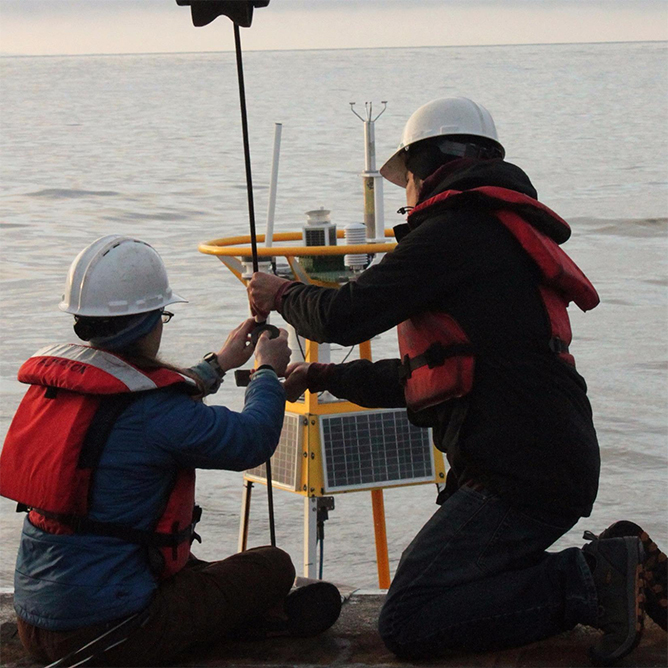Climate change may impact ocean ecosystems through a number of mechanisms, including shifts in primary productivity or plankton community structure, ocean acidification, and deoxygenation. These processes can be simulated with global Earth system models (ESMs), which are increasingly being used in the context of fisheries management and other living marine resource (LMR) applications. However, projections of LMR-relevant metrics such as net primary production can vary widely between ESMs, even under identical climate scenarios. Therefore, the use of ESM should be accompanied by an understanding of the structural differences in the biogeochemical sub-models within ESMs that may give rise to these differences. This review article provides a brief overview of some of the most prominent differences among the most recent generation of ESM and how they are relevant to LMR application.
Using Global-Scale Earth System Models for Regional Fisheries Applications
- Author(s): Kelly A. Kearney, Steven J. Bograd, Elizabeth Drenkard, Fabian A. Gomez, Melissa Haltuch, Albert J. Hermann, Michael G. Jacox, Isaac C. Kaplan, Stefan Koenigstein, Jessica Y. Luo, Michelle Masi, Barbara Muhling, Mercedes Pozo Buil, Phoebe A. Woodworth-Jefcoats
- Frontiers in Marine Science
- August 26, 2021
Citation: Kearney KA, Bograd SJ, Drenkard E, Gomez FA, Haltuch M, Hermann AJ, Jacox MG, Kaplan IC, Koenigstein S, Luo JY, Masi M, Muhling B, Pozo Buil M and Woodworth-Jefcoats PA (2021) Using Global-Scale Earth System Models for Regional Fisheries Applications. Front. Mar. Sci. 8:622206. doi: 10.3389/fmars.2021.622206


